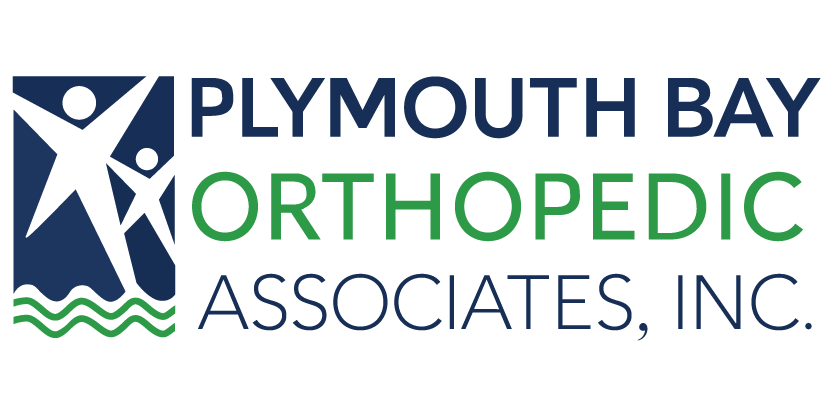
Shoulder pain is one of the most common orthopaedic conditions affecting the general population. While there are many causes for this, it is typically associated with arthritis or rotator cuff inflammation. Most of these problems are treated conservatively and do not require surgery, as most problems in orthopedics.
Anatomically, the shoulder is a very complex joint that is made up of three bones (arm, shoulder blade and collarbone), as well as 8 muscles. While they all work in concert, rotator cuff muscles are especially important as they have a crucial role in stabilizing the joint as well as initiating the movements of the shoulder.
Aside from pain that can result from a fall or other type of trauma, most of the pain is attributed to arthritis or tendinopathy. As we age, our bodies endure typical wear and tear which leads to this. Similar to other joints in the body, arthritis is a condition where the cartilage in the shoulder has been worn. This can cause limitations in range of motion and significant pain. Rotator cuff tendinopathy is a spectrum of conditions which can range from simple inflammation (bursitis) brought on by repetitive overhead work, to the full tear that is not repairable.
Both of these conditions are often successfully managed by physical therapy, focusing on strengthening, kinetic optimization of the shoulder, as well as flexibility. This is done in addition to anti-inflammatory medications, icing and compression. Another great adjunct are injections which consist of a corticosteroid and a local anesthetic, with the purpose of decreasing the inflammatory burden, facilitating therapy and proving immediate pain relief.
Surgery is typically reserved for situations where the conservative measures have failed and the person remains in discomfort. In cases of osteoarthritis this would involve a joint replacement, where the worn out parts of the native shoulder are replaced by prosthesis consisting of metal and polyethylene (specialized plastic). Rotator cuff management is guided by magnetic-resonance imaging (MRI), which identifies partial or full thickness tears. These are treated with arthroscopic surgery, which is a minimally invasive procedure with very small incisions. Arthroscope is a specialized camera that is, along with other instruments, introduced through these portals and the repair is performed without direct exposure of the tendon. This approach allows quicker recovery, less pain and more adequate skin cosmesis for the patient, because it avoids a large scar.
Shoulder pain is very common and many times it can be self-limiting. In cases where pain persists and interferes with daily life, it is recommended that an opinion of an orthopedist is sought. From there, specialized care can be initiated with guidance towards optimal outcomes.
Article written by Ognjen Stevanovic, MD, PharmD

